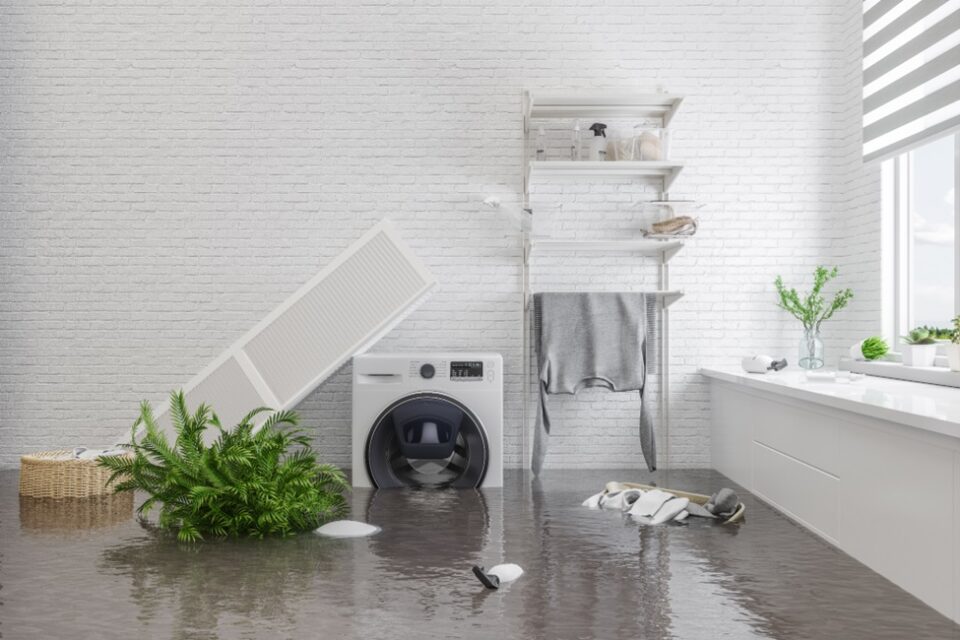A flooded basement can be a homeowner’s worst nightmare, with the potential for costly water damage, destruction of personal property, and even health hazards. When faced with this plumbing emergency, it’s crucial to act quickly and methodically to avoid further complications. Here’s a comprehensive guide to help you manage this situation comfortably and efficiently. Schedule a plumbing service if the damage is extensive or beyond your control.
Step 1: Identify the Source of the Flood
The first step in dealing with a flooded basement is to identify the source of the water. This could be a burst pipe, a damaged water heater, or even heavy rain causing external flooding. Once you have identified the source, turn off your main water supply to prevent further flooding.
It’s also important to assess the area’s safety. If there is standing water and any electrical outlets or appliances are submerged, do not enter the flooded area until you have shut off the power to your home.
Step 2: Remove Water
Now it’s time to remove the water from your basement. Depending on the extent of the flooding, this could be a job for a professional plumber, or you may be able to handle it on your own with a wet/dry vacuum or submersible pump.
It’s important to wear protective gear, such as rubber boots and gloves when handling contaminated water. It’s also helpful to have a few buckets and towels on hand for smaller areas of water that may need to be manually removed.
Step 3: Dry Out the Area
Once the water has been removed, it’s important to dry out the affected area as quickly as possible. Use fans and dehumidifiers to circulate air and remove excess moisture from carpets, furniture, and walls. If necessary, you may need to remove drywall or insulation that has been damaged beyond repair.
It’s also recommended to disinfect the area to prevent any mold or bacteria growth. Use a mixture of bleach and water to clean hard surfaces, and consider using a professional-grade disinfectant for carpets and upholstery.
Step 4: Check for Insurance Coverage
Homeowner’s insurance will often cover damage caused by a flooded basement. Be sure to contact your insurance provider as soon as possible to report the incident and start the claims process. Keep all receipts for any expenses related to the cleanup and repairs.
Step 5: Take Preventative Measures
Once your basement is back in working order, it’s important to take preventative measures to avoid future floods. Consider installing a sump pump or investing in a backup generator in case of power outages. Regularly check and maintain your plumbing system to prevent any potential issues.
Dealing with a flooded basement can be overwhelming, but following these steps and acting quickly can minimize the damage and get your home back to normal. Remember to always prioritize safety and seek professional help if needed.

